ENCOD BULLETIN ON DRUG POLICIES IN EUROPE
SEPTEMBER 2015
The State of the States
Note: I’d like to start by recognizing that ENCOD is an organization devoted to legalizing all drugs. Because my investigative work has been in the field of cannabis/hemp (often literally), I stick to it in this newsletter.
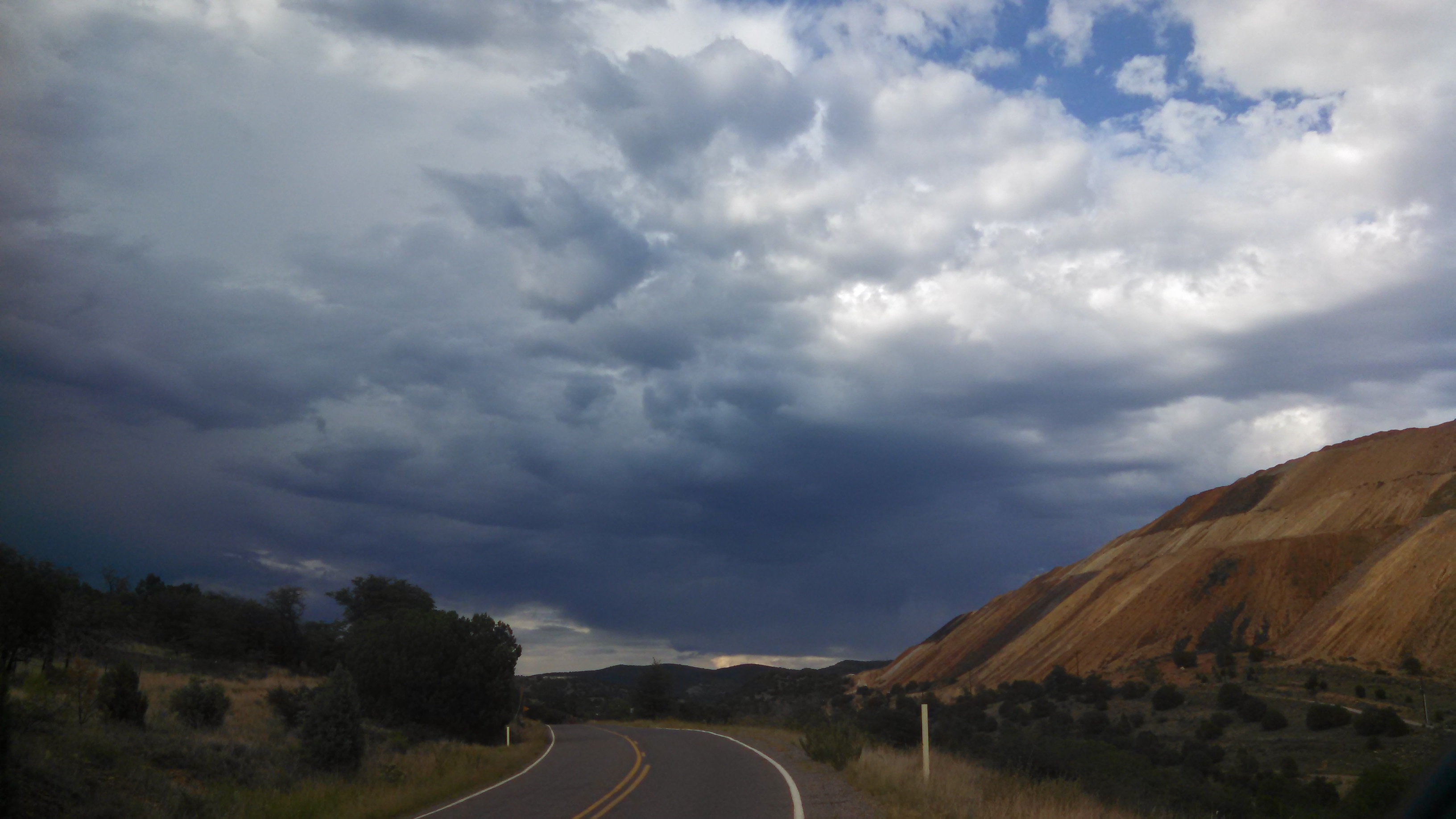
I write this bulletin from your drug policy future. In the U.S., more than half the population enjoys at least legal medicinal cannabis, and things are moving rapidly. Since ENCOD requested an update on U.S. cannabis/hemp policy, I thought I’d start close to home. This past year in my home state of New Mexico, three connected events took place.
1) Our politically divided state legislature united to legalize hemp (already legal for research on the federal level). This hemp cultivation wording allowed our farmers, many trapped in a water-and-pesticide-heavy monoculture cycle, to join the first wave in hemp’s massive comeback. My state had gotten it together on a bill on which I had worked! God bless democracy. One problem arose, though. We awoke one morning last April to find the bill vetoed by our Governor.
So now, embarrassingly, I live in a state at risk of lagging behind in the North American race to embrace hemp’s potential. That potential — including hemp’s drought-readiness and high market price — is why both major political parties and the state farmer’s union endorsed our hemp bill. It had almost no opposition.
After years of covering the game, I don’t usually get so worked up about politics, but this unconscionable veto affected my family, directly: with federal and state legalization dialed in, we would have cut thousands of carbon miles out of our human (and goat) diet this year. Hemp seed oil, most readers of this newsletter will know, is a nutritive superfood. It’s also expensive to import when your family eats about half the world supply.
By the time of the New Mexico veto, twenty-four U.S. states (now twenty-six) had legislated hemp cultivation, allowing their farmers and entrepreneurs to hop on the double-digit hemp economic growth train.
2) The people of New Mexico’s two biggest counties voted overwhelmingly to legalize all varieties of cannabis, in a non-binding election. Though we are a medical cannabis state, we don’t have statewide ballot initiatives, unlike the lucky residents of first wave legalization states such as Colorado and Oregon). So we have to endure, for a short while longer, a state administration that is on the wrong side of history. Our non-liberal neighbor Arizona, by contrast, is a shoo-in for full legalization in 2016. Why wouldn’t it be? Arizonans have an endocannabinoid system, too.
And 3) Our Monsoon rains came on-time last month. Some of you living on the Atlantic Coast might have heard the collective sigh of relief all of southern New Mexico heaved as moisture returned to our cells and hummingbirds to the datura blossoms. Monsoon season, the ecstatic and particularly blessed time of year here in the high desert (July and August), is when we’re supposed to get ninety percent of our precipitation.
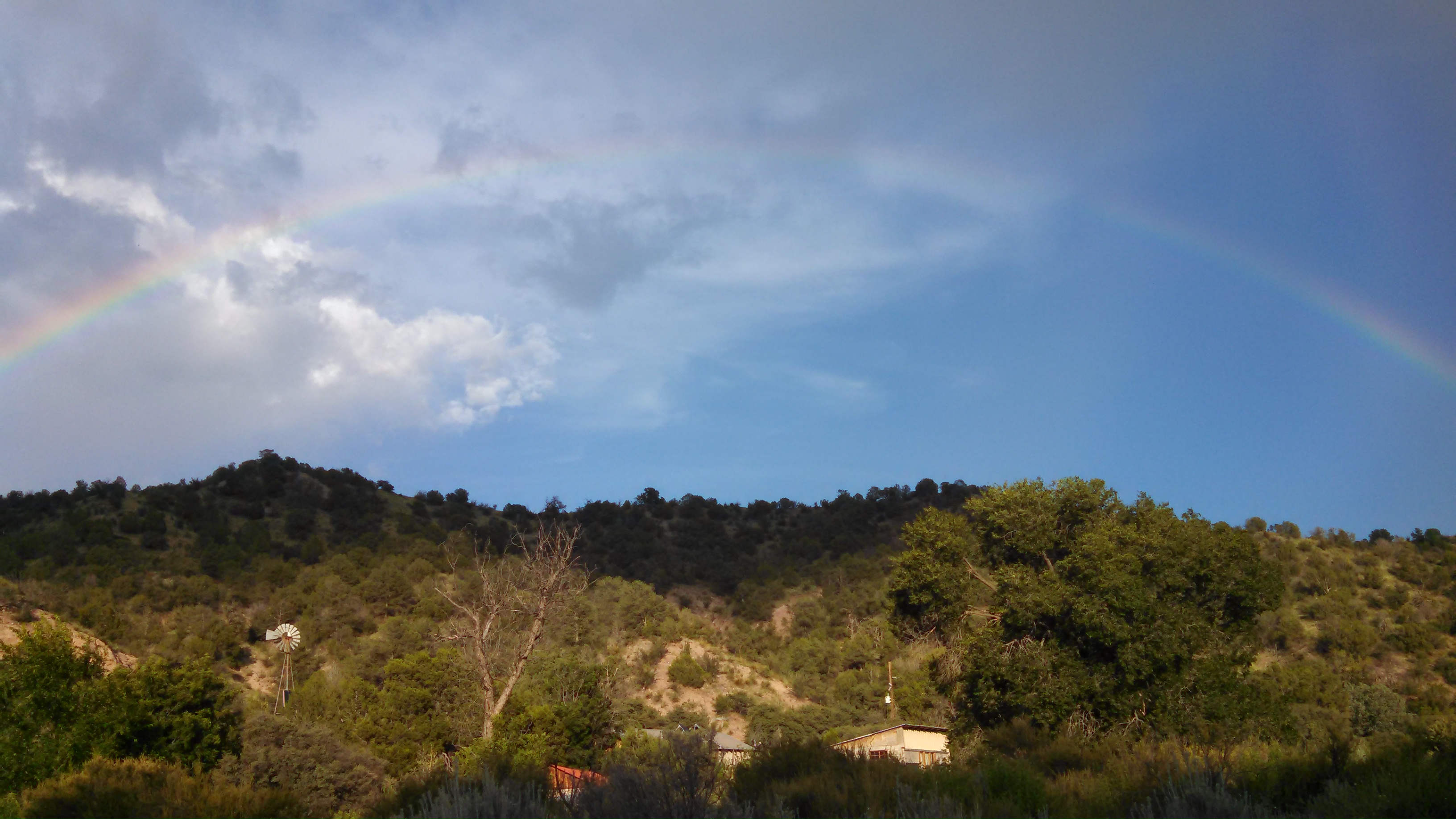
It’s getting to be a rare occurrence for the Monsoon to start on time, or at all. Except for those years when it Biblically floods. In my line of work, sustainability journalism, the planetary situation is entwined with the return of cannabis. Which is to say, I’ve been researching whether and how widespread hemp cultivation can help mitigate climate change.
We who are engaging cannabis’ re-emergence represent the front end of a new economy, and, because the people, planet-wide, increasingly support us in that effort, we can craft, broadcast and implement the ethical rules for the Drug Peace Era.
We all know that for cannabis to realize its humanity-helping potential, it must be cultivated sustainably. From there, insistence that the emerging cannabis industry should foster organic-style, small-batch locavore farming is a no-brainer.
The industry I support farms outdoors when possible (sun’s free), supplemented by light deprivation in real, local soil greenhousing when necessary. Low energy, full spectrum LED lighting technology — for supplementing natural light in wet or winter conditions — has been advancing by leaps and bounds. It’s not impossible in your climate: friends in Colorado wheel their entire garden outside for a few hours of divine solar wavelengths even in the depths of Rocky Mountain winter.
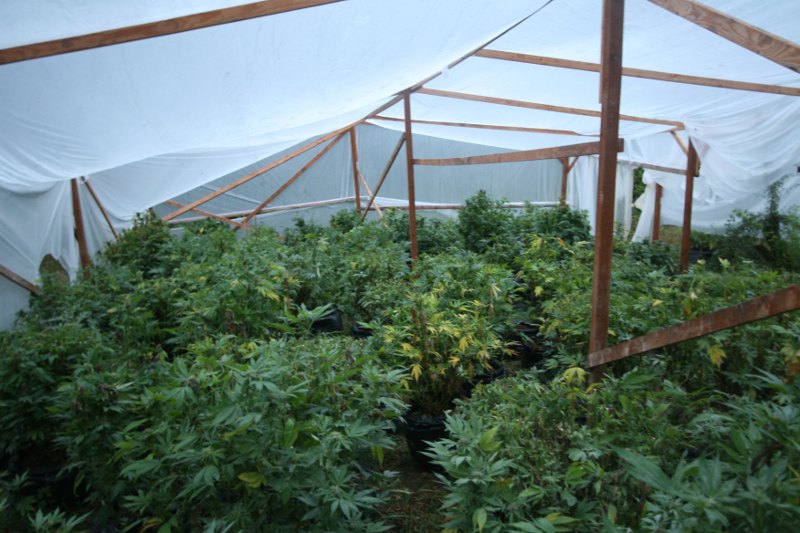
Long-term Drug Peace victory, I believe, requires an open mind and awareness that the cannabis world is evolving quickly. We can steer it any way we like. The really good news is I believe next generation business models that strive for a win-win among farmer/producer, Earth, customer, entrepreneur/investor/co-op member and everyone involved along the chain are actually going to prevail in the real world. And not just in the marketplace, but by providing healthier diets, clean energy, restored soil, and higher quality water. Maybe even a stabilized climate.
That is, if we can educate our own community about the importance of cannabis’ regenerative return. In preaching the sustainable cannabis message, I understand that prohibition necessitates hidden gardens. I hereby express my profound gratitude to the brave cultivators who provided this important herb at great risk during the dark days of prohibition.
Those days, thank heaven, are numbered. Which is why I propose that we prepare for the coming victory. What’s the source of my confidence? Polls. We now have fully legal cannabis in four U.S. States (and counting), plus the District of Columbia (DC), which supported cannabis with sixty-five percent of the vote. We’re at fifty-eight percent of Americans supporting full cannabis legalization. That number increases with every national poll, even among older voters and self-described conservatives. They have endocannabinoid systems, too.
Last month, more than one hundred Republican and one hundred Democratic U.S. congressmen and women voted to prohibit federal interference in state hemp laws. It’s our most bipartisan issue. And it’s a major one, with the New York Times editorial board opining just last week that federal movement on legalization is not moving rapidly enough.
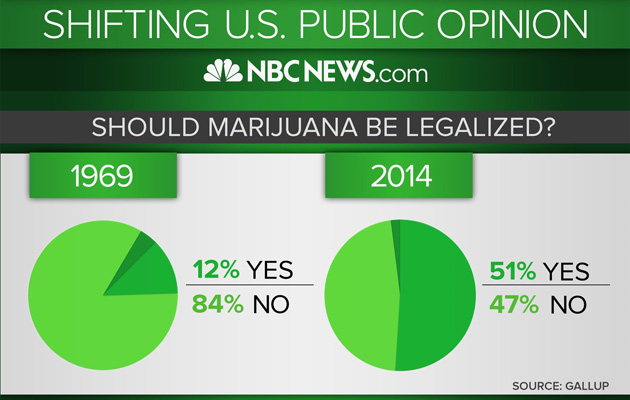
Even conservative states like Texas and Virginia could join the crowded field of states that legalize in 2016. The only question is “when will the Big Change come on the federal level?” If the U.S. Congress removes cannabis from our Controlled Substances Act (CSA) entirely when it reconvenes in September, much of the nation will shrug.
Few believe our current President will veto any progressive plan. He might even issue a helpful executive order. But millions of us are watching potential successors for their cannabis views and priority levels, in case it’s not all solved, federally, by 2016. I think cannabis will be removed from the CSA within three years – by 2018, allowing states to regulate it as they wish, similar to beer.
Here I direct appreciation to voters in the states that legalized before it was common. Of these fantastically impactful citizen-driven state legalizations, the ones that allow home cultivation are the best: Oregon is a great model,.
Thrillingly, each wave of legalizations allows better citizen initiatives (and state legislative efforts) to follow, as more and more Americans see the success (in tax coffers and public safety increases) of the early legalization efforts in the real world. Now we have momentum.
Beyond the actual legalization wording, here’s what I look for in an initiative or bill: to my mind, cannabis prohibition is over when anyone can cultivate in a home garden. Any talk of patenting an herb is absurd.
On the commercial side, small batch cultivation must be codified, with tax breaks for sustainable cultivation. This “craft brew” sector, which in the cannabis world is comprised of folks Michael Pollan calls “the best farmers of my generation,” was worth eight billion dollars per year to independent beer brewers in 2010.
Put all that in an initiative, perhaps topping Oregon’s acceptably friendly half-pound possession and four-plant limits, and then, I think, we have at least allowed ourselves to reap the benefits of the Drug Peace with a fair trade and organic mindset. Mapping to European models, this ethic applies whether you call yourself a social club, an entrepreneurial venture, or a collective (or even a non-profit or an educational institution). I don’t care so much about categories as practices.
Already, the federal bureaucracy is no longer the problem in the States. I’ll give you a personal example: not only did a Kentucky project I was working with receive a federal permit to cultivate hemp this past spring (with invaluable support from the state Agriculture department). When the permit needed to be amended, the U.S. Drug Enforcement Administration did so within seventy-two hours. It used to take seventy-seven years.

Even Katie Couric, perhaps our most mainstream newscaster, has been explaining to every American housewife why the return of ganja (her word choice) is to the good.
With or without official help, the hemp industry is growing twenty-four percent per year, and seeds are in the soil from sea to shining sea in the American heartland. California’s medicinal cannabis industry pays one hundred million dollars in sales taxes annually. Therein the cynical will find their favorite explanation for the war’s end. Fine with me.
During 2013’s five-nation Too High to Fail European tour, even some of my hosts had doubts about the “we’ve already won” certainty I brought across the Pond like some kind of exotic spice. Just two years later, I hope, we all know the end is in sight. Just in time.
As I heed the braying call to the goat milking (see below for the newest Funky Butte Ranch kids, Feist and Mork) a prayer is on my lips that the Monsoon rains will continue for one more year. Also on my mind is the question around which I hope we’ll frame at least some of this year’s discussion: how can we best set the opposition’s terms of surrender so history will remember us as kind, effective, and regenerative?

By Doug Fine
NEWS FROM THE SECRETARIAT
Encod will participate in the Expogrow, Irun between 11 and 13 September
The Encod General Assembly 2015 will be organised on 25,26 and 27 September 2015 in Amsterdam, the Netherlands. On this Assembly, a new Steering Committee will be elected. Any Encod members wanting to present their candidature, please contact the secretariat. For more information on the SC membership, please see here


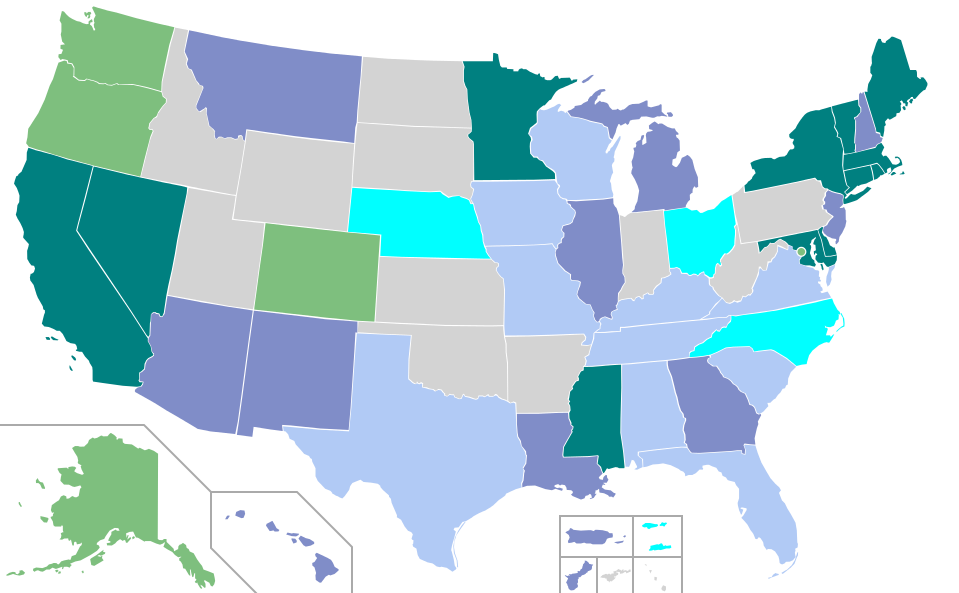



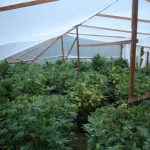




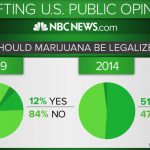

 Creative Commons Attribution
Creative Commons Attribution